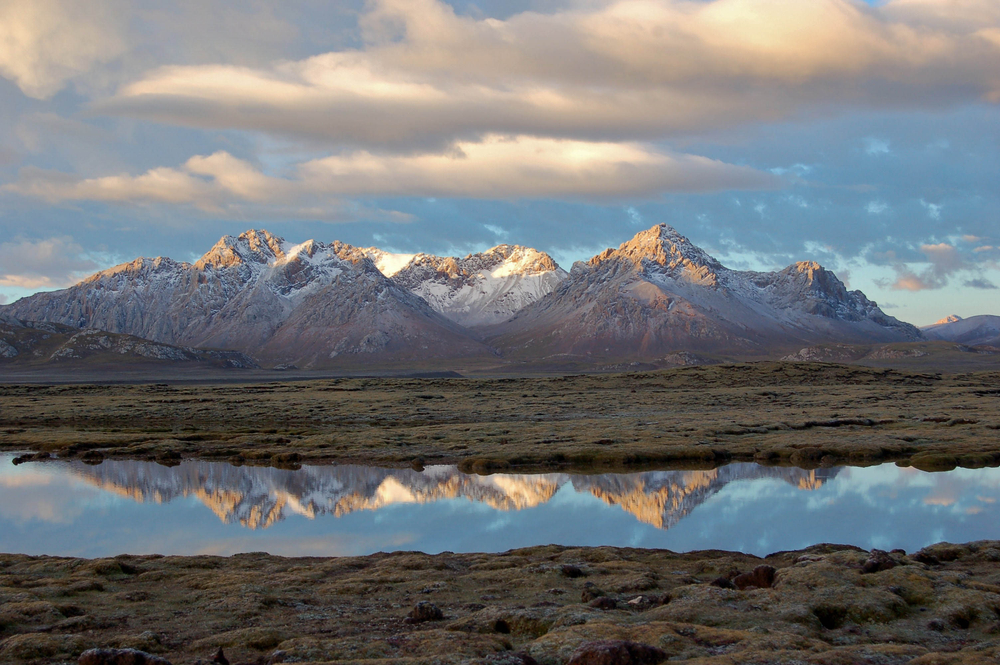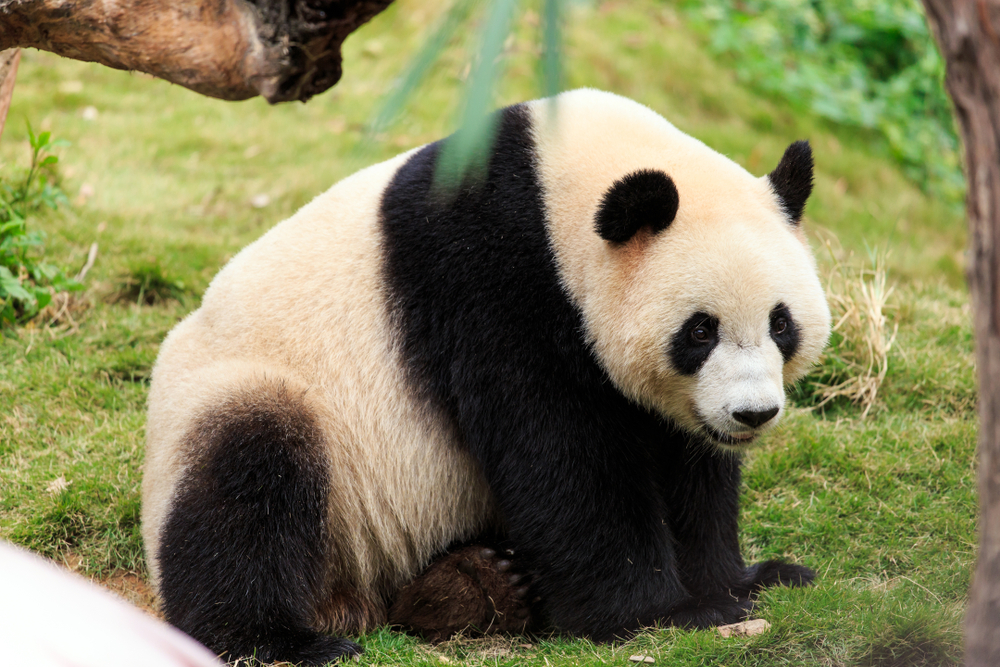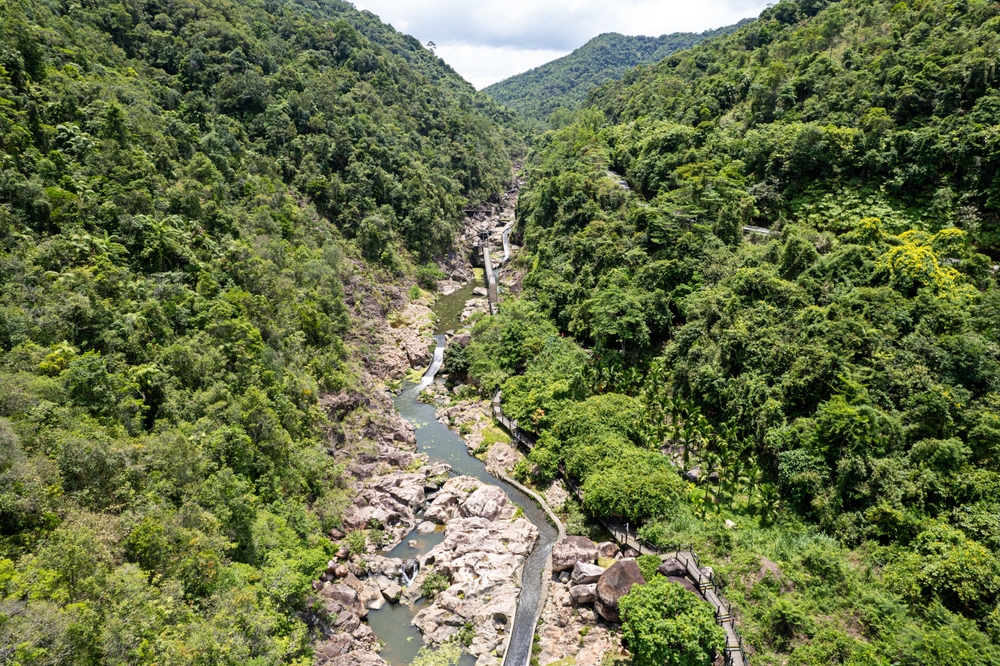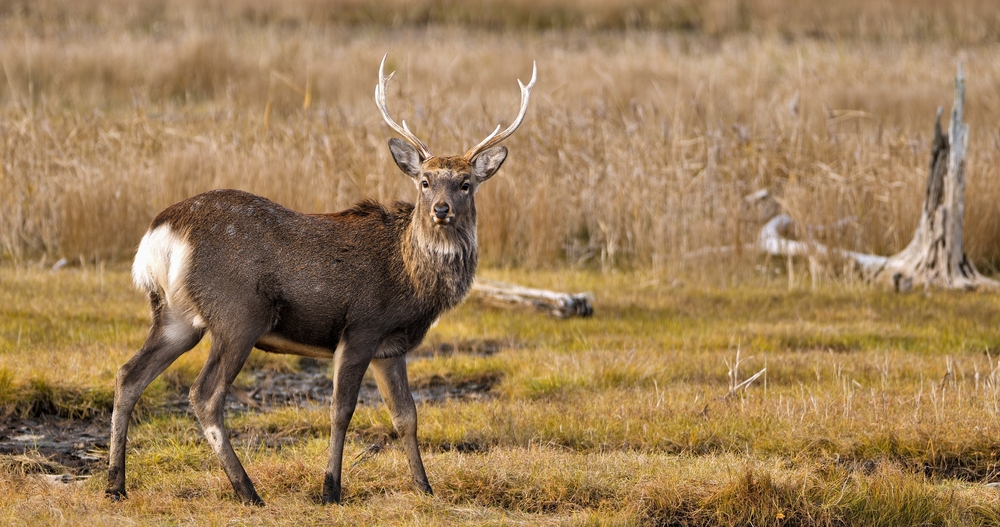Sanjiangyuan Overview
Sanjiangyuan National Park, known as the “Three-River Source” National Park, is one of China’s most important ecological conservation areas, located on the Qinghai-Tibet Plateau. This expansive park, covering approximately 123,100 square miles (319,000 square kilometers), is the source of three of Asia’s great rivers: the Yangtze (Changjiang), Yellow (Huanghe), and Mekong (Lancang) rivers. As one of the largest national parks in the world, it is often referred to as the “Water Tower of Asia” due to its critical role in supplying freshwater to billions of people downstream.
The terrain of Sanjiangyuan National Park is diverse and dramatic, featuring high-altitude grasslands, glaciated peaks, and deep river valleys. This region is part of the Tibetan Plateau, characterized by its vast, rolling alpine meadows, rugged mountains, and pristine wetlands. Vegetation varies widely, from sedge meadows and shrubs to sparse, tundra-like conditions at the higher altitudes. The park’s untouched ecosystems are a haven for some of the world’s most unique and endangered species.
Sanjiangyuan is home to extraordinary wildlife, including snow leopards, Tibetan antelopes (chiru), wild yaks, and the Tibetan gazelle. Bird species such as the black-necked crane and bar-headed goose can be found in the wetlands, while aquatic ecosystems support numerous endemic fish. Visitors might also spot the elusive Pallas’s cat or red fox. This biodiversity underscores the global importance of preserving the region, which sustains both animals and the people who depend on the rivers originating here.
Engaging with Sanjiangyuan National Park requires both planning and respect for its fragile environment. Trekking and wildlife observation are the most popular activities, offering a chance to experience the stark beauty of the Tibetan Plateau and its fauna. Local communities, many of whom are Tibetan herders, offer cultural insights through sustainable tourism initiatives. Visitors can learn about traditional practices and the delicate balance between human life and nature in this high-altitude region. However, the extreme altitude and remote location present challenges, necessitating careful preparation and acclimatization.
Sanjiangyuan faces significant conservation challenges, primarily due to climate change, overgrazing, and infrastructure development. The Chinese government and international organizations have initiated extensive programs to restore degraded grasslands, protect critical habitats, and limit human impact. These efforts include relocating some nomadic communities to reduce pressure on ecosystems, although this has sparked debates about balancing conservation with cultural preservation.
In summary, Sanjiangyuan National Park is a breathtaking and vital natural reserve that holds immense ecological, cultural, and hydrological significance. Its dramatic landscapes and rare wildlife make it a destination like no other, but it also demands careful stewardship to ensure its ecosystems remain intact for future generations.













































































